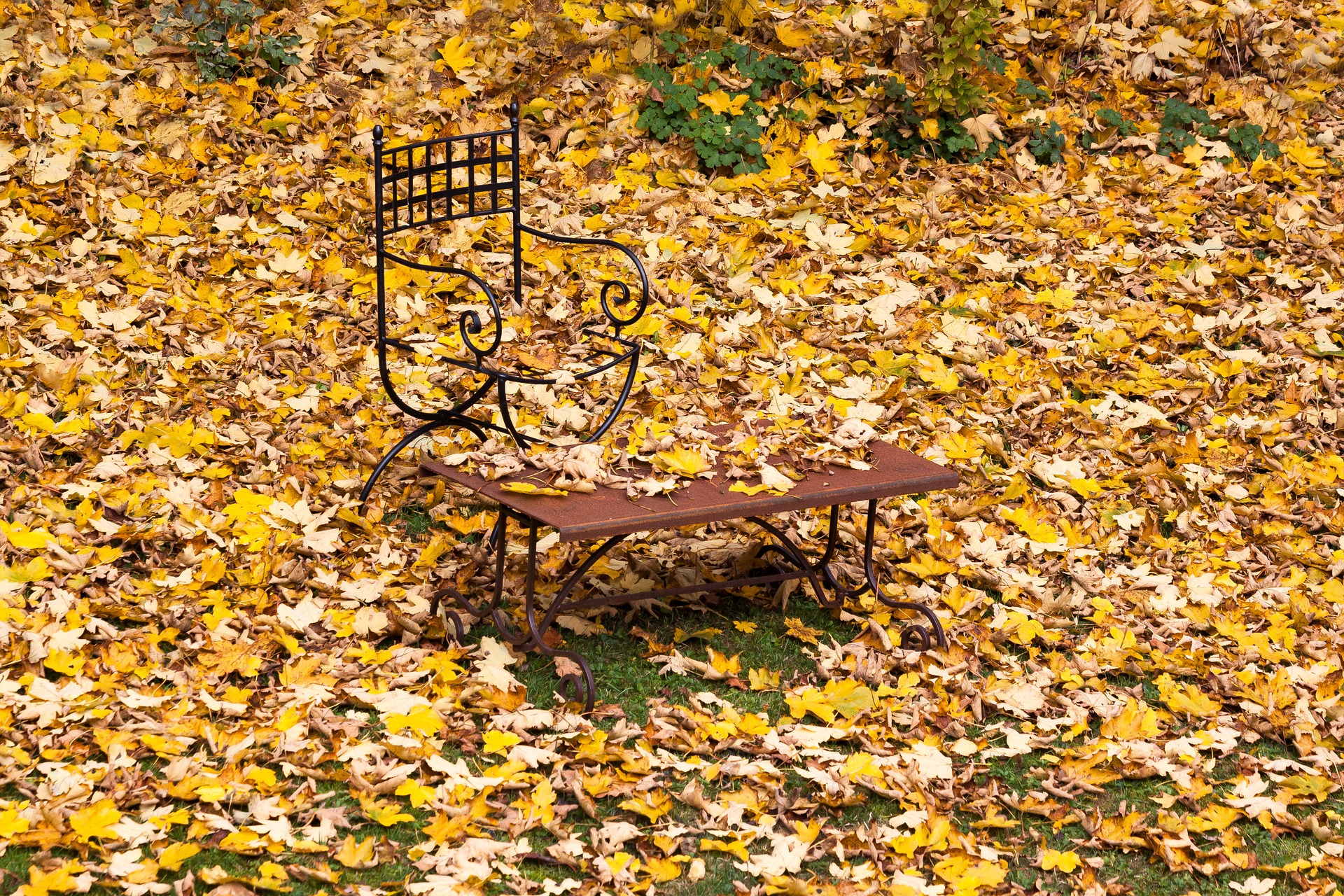Your Fall Garden
There are gardeners who don’t even consider fall gardening because of the winter frosts that might make an early appearance. On the contrary, fall gardening will result in excellent vegetables and will extend crops long after spring plants are finished. Vegetables produced from fall gardening are sometimes sweeter and milder than those grow in the summer and offer a brand new taste to the same old veggies.
What you choose to grow during you fall will depend on your available space and what you like to eat, just like spring plants. Even the crops that enjoy the heat, such as tomatoes, sweet potatoes, okra, and peppers, will produce until frosts hit, which can be pretty late in the year in southern areas. However, there are some plants that will quit towards the end of summer like snap-beans, summer squash, and cucumbers. If these vegetables are planted around the middle of the summer they can be harvested until the first frosts as well. Hardy, tough vegetables will grow until the temperature is as low as 20 degrees, but those that aren’t as strong will only be able to grow through light frosts. Remember that if you have root and tuber plants and the tops are killed by a freeze the edible part can be saved if a large amount of mulch is used.
When planning a fall garden, make sure and pick the vegetables with the shortest growing season so they can be fully grown and harvested before the frost arrives. Most seed packages will be labeled “early season”, or you can find the seeds boasting the fewest days to maturity. It is a good idea to buy your seeds for fall gardening in spring or early summer as they are usually not kept in stock towards the end of summer. If stored in a cool and dry location they will keep until you are ready to plant.
To know exactly when the best time to start fall gardening is, you need to know about when the first hard frost will hit your area. One of the best ways to find out when this is, is by a Farmer’s Almanac. They will give you exact dates and are rarely wrong. You will also need to know exactly how long it is going to take your plants to mature.
When getting your soil ready for fall gardening, first remove any leftover spring/summer crops and weeds. Crops leftover from the last season can end up spreading bacteria and disease if left in the garden. Spread a couple of inches of compost or mulch over the garden area to increase the nutrients, however, if spring plants were fertilized heavily it may not need much, if any. Till the top layer of soil, wet it down, and let it set for about 12-24 hours. Once this has been done, you are ready to start planting.
Fall gardening gives you the chance to enjoy your vegetable garden longer than most which of course for the avid gardener or canner is a major plus!

